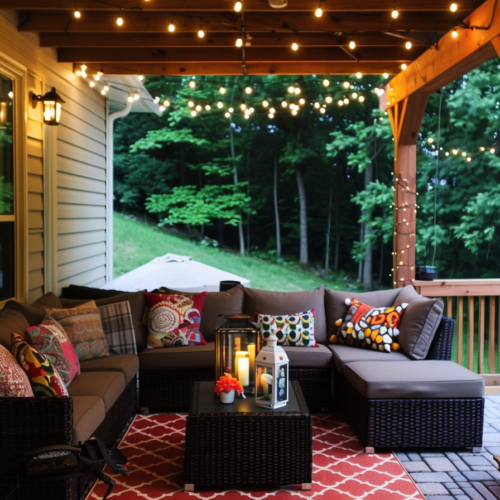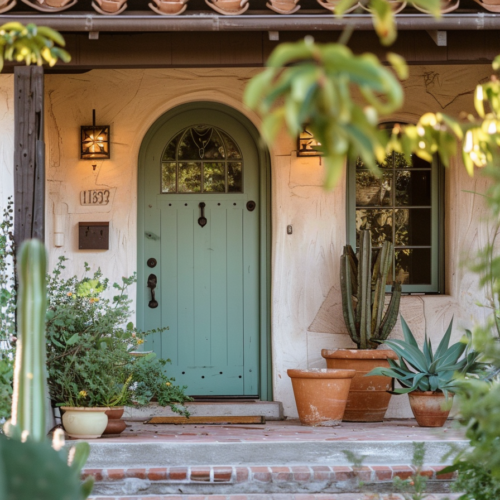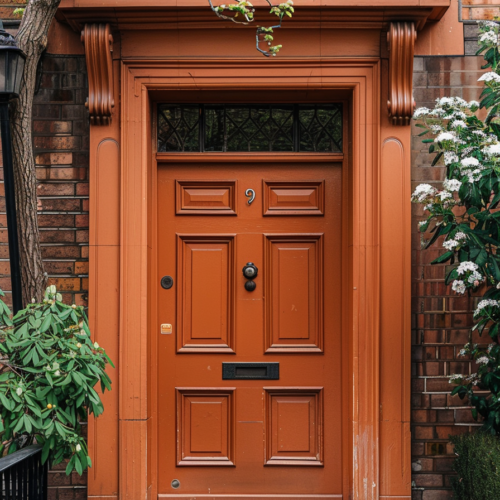Home décor can be a tricky thing. Knowing what will work best for you is hard with so many styles and trends. But one style that has been gaining traction in recent years is minimalism.
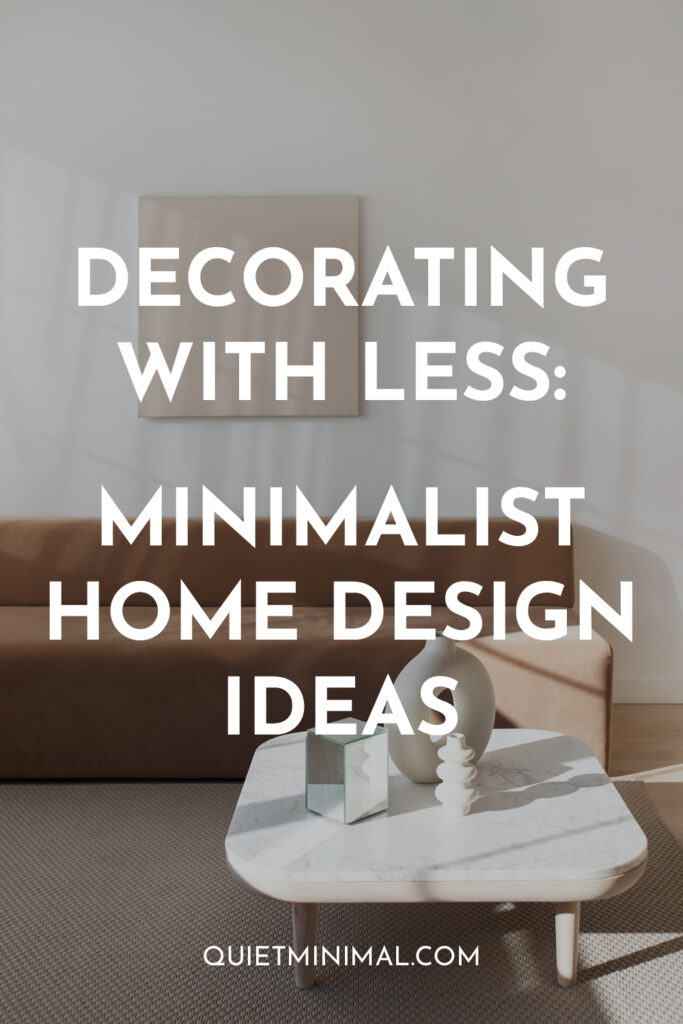
It’s a simple concept: instead of filling up your space with items and colors, use fewer pieces with more impact or meaning. If this sounds like something you’d like to try in your home, read on!
I’m here to share some minimalist home design ideas that inspire you.
When done right, minimalism can create an atmosphere of tranquillity and serenity in any room, no matter how small the space may be.
Instead of trying to fill up every corner with knick-knacks and furniture, focus on only adding items that serve a purpose or make a statement.
Choose neutral tones for wall paint, go easy on prints or patterns when choosing fabrics, and pick one accent color at most. Too much will take away from the clean lines of the overall look.
Remember lighting! Lighting sets the mood for any given room. Whether natural light streams through an open window or subtle lamps placed strategically throughout the space. Lighting adds depth and dimension without taking away from the minimalist vibe.
So if you’re looking for new ways to refresh your home without going overboard on décor, these minimalist home design ideas are definitely worth exploring!
Embracing a Less is More Approach: Minimalist Home Design Ideas
Identifying Minimalist Style
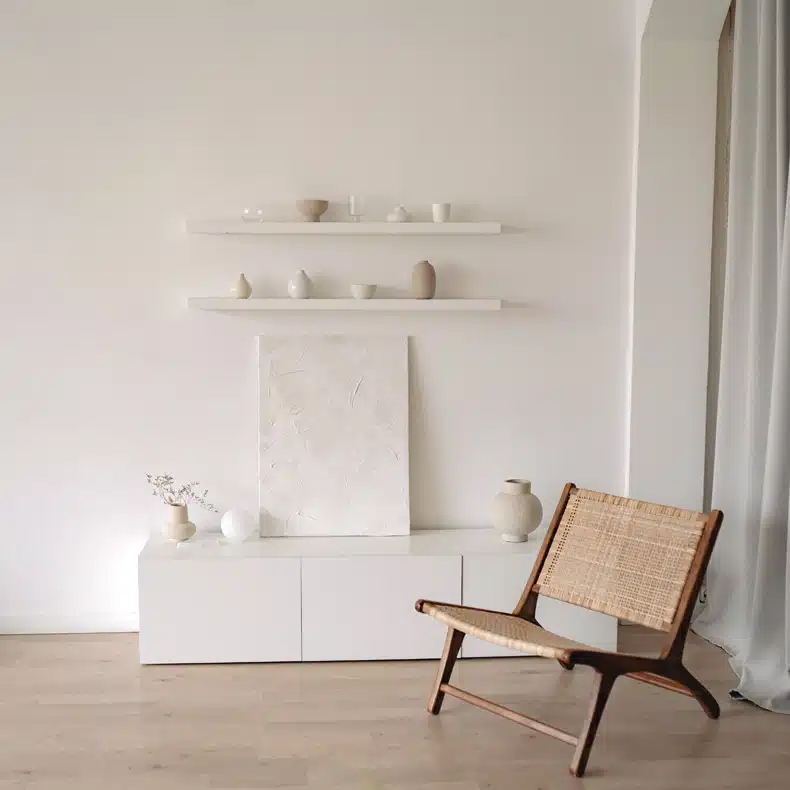
Identifying the style is an important first step pertaining to minimalist home design ideas. Minimalism does not have one set look; rather, it relies on simplifying and reducing clutter to create a clean, organized space.
To understand how this works in practice, let’s take a closer look at some common characteristics of minimalism.
Minimalism emphasizes functionality over form. Instead of focusing on good decor, you should select multi-functional pieces or serve more than one purpose.
Also, the key is keeping furnishings basic and streamlined. Straight lines and simple shapes will help create the desired effect. Color choice also plays an essential role.
Opt for neutral tones like whites, grays, and browns to maintain a calm atmosphere throughout your space.
As to accessories and artwork within minimalist spaces, less is definitely more! Keep these items to a minimum so as not to distract from the overall aesthetic. Instead, focus on quality pieces that make a statement without dominating the room.
Overcoming The Challenge Of Limited Space
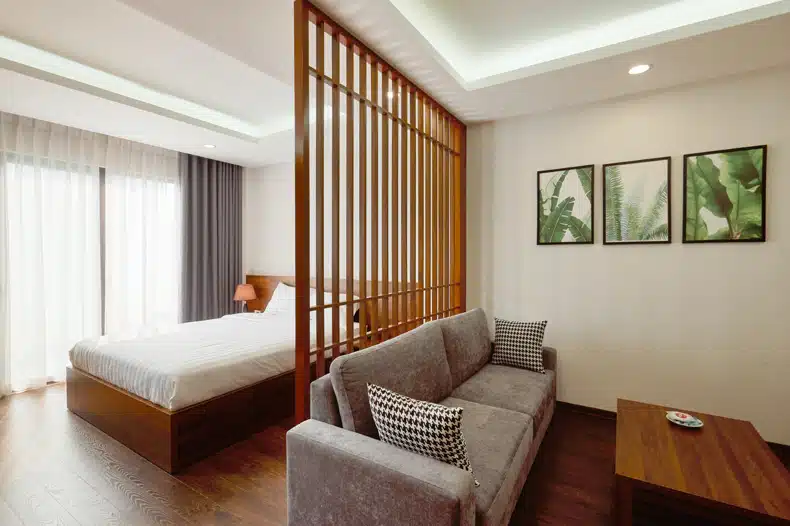
As a minimalist decorator, the challenge of limited space can be daunting. But with some creativity and thinking outside the box, it’s possible to create beautiful designs in any size home.
One approach is to use multi-purpose furniture. A sofa bed or storage ottoman can double as both seating and storage space, for instance.
Also, consider hanging shelves rather than cluttering up floor space with bookcases or end tables that take up too much room.
Another great way to make small spaces feel bigger is by using light colors on walls and floors—think whites, creams, and grays, to open up the area visually.
Mirrors are also helpful; they’re able to reflect natural light and brighten up even the smallest rooms.
Don’t forget about verticality: tall lamps and wall art can draw eyes upward instead of just out into the room’s corners.
The Power Of Neutral Colors
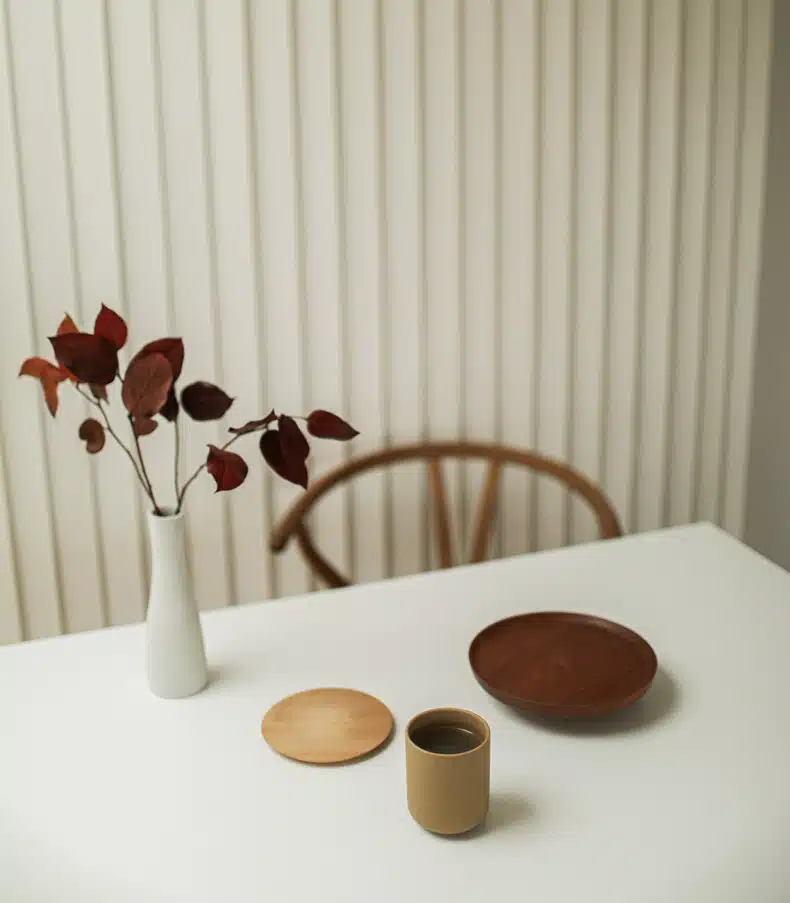
As to decorating with less, neutral colors can make a huge impact. They create an atmosphere of serenity and calm that helps open up the room. Plus, they serve as the perfect backdrop for any accent pieces you want to add.
Neutral tones like whites, grays, beiges, and taupes will give your minimalist home design ideas an effortless elegance. These light shades also help keep smaller spaces from feeling cramped or overwhelming.
You don’t even have to use the same color throughout; mixing and matching different hues is a great way to bring some dimension into the space.
For example, if you’re looking for something more subtle than white walls, try incorporating a range of neutrals, such as pewter gray chairs paired with creamy ivory curtains.
The combination creates a sophisticated look while still keeping things simple and streamlined. Just what you need when designing a minimalist home!
Maximizing Storage Space
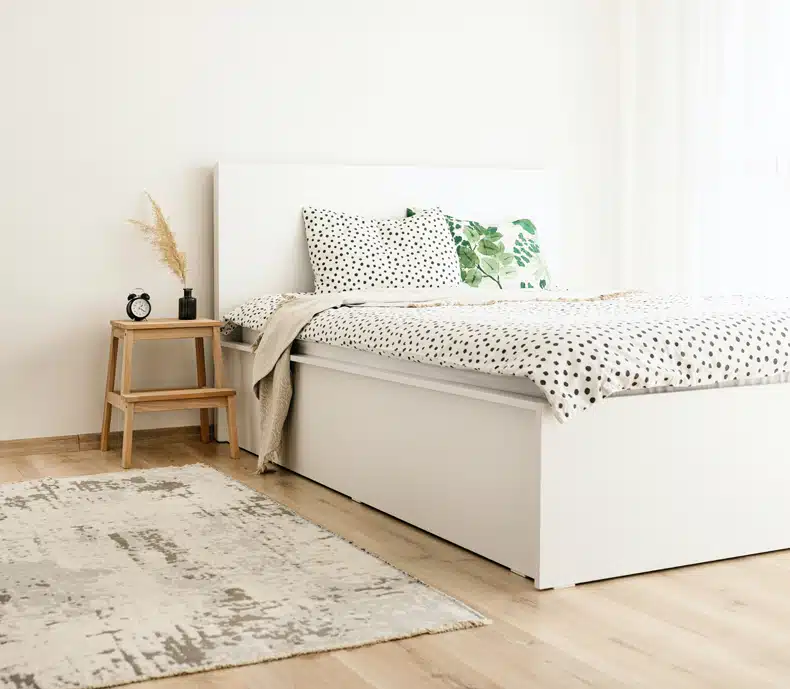
For minimalist home design, storage can often be a challenge. It’s important to find creative ways to maximize the space you have while still maintaining a clean and modern feel.
Make sure all surfaces are utilized for maximum efficiency. Coffee tables with hidden compartments underneath them provide additional storage without sacrificing style points.
Install hooks on walls for hanging items like coats, bags, hats, etc, and place baskets around the house for odds and ends like keys and wallets. These little touches will help create an organized atmosphere without overcrowding the space.
Utilizing Natural Light
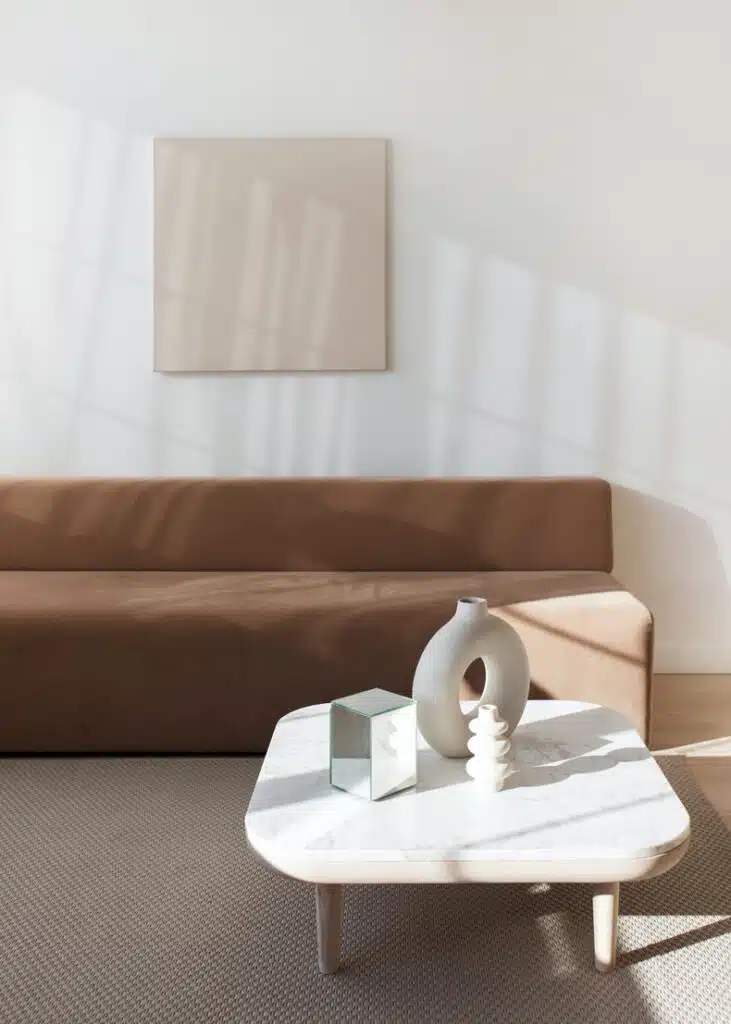
I’m all about utilizing natural light regarding minimalist home design. It’s such a simple way to make any room look bigger and brighter without cluttering up the space with decorations or furniture.
Natural light can be used in creative and unexpected ways, from skylights to window nooks, that will add character to your home while still staying true to minimalism.
When considering how you’re going to use natural light in your home, think of what areas would benefit most from this type of illumination and how much direct sunlight they get throughout the day.
You don’t want too little or too much! Mirrors are also great for reflecting light around a room if there isn’t enough coming through the windows.
You may need some additional lighting fixtures depending on where you live since winter days can offer less sunshine than summer ones.
Yet, try not to go overboard, as having too many lights defeats the purpose of creating a minimalist atmosphere. With careful consideration and planning, incorporating natural light into your home is an easy way to achieve cozy vibes without compromising on style.
Choosing Practical Furniture
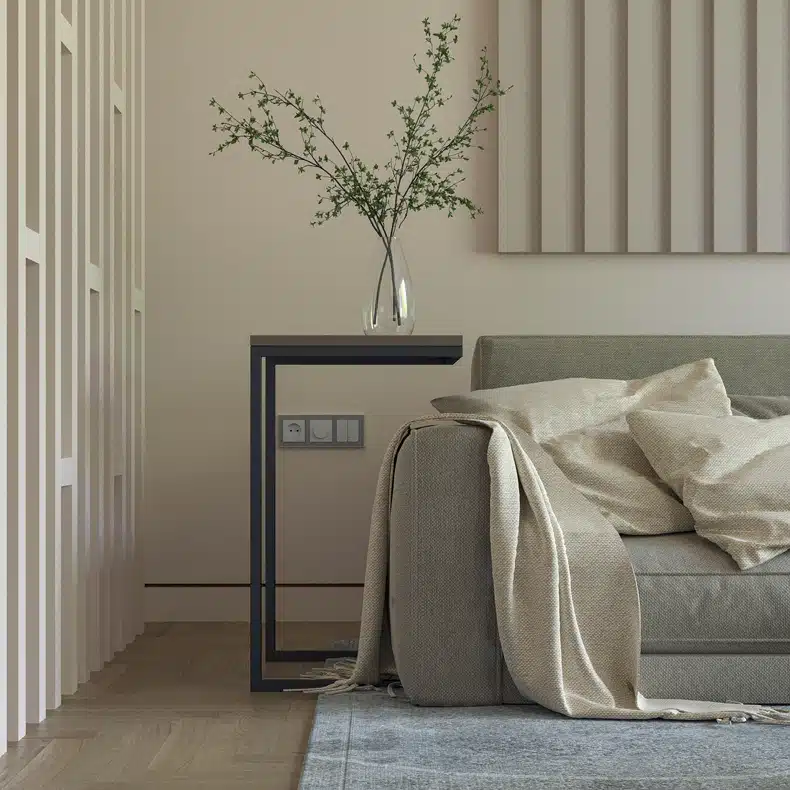
In relation to decorating a minimalist home, choosing practical furniture is key. I’m talking about pieces that are both chic and functional. Think about multipurpose items or foldable chairs that can be tucked away when not in use.
This kind of essential furnishings will keep your space looking minimal while still providing the comfort you need for everyday life.
Also, consider incorporating statement pieces into your décor, such as eye-catching wall art or floor lamp. This way, you don’t have to overcrowd your room, but you can still make a bold style statement.
By selecting just one piece, you’ll create visual interest without compromising on the overall aesthetic of your home.
At the end of the day, remember to choose pieces that reflect who you are and how you want to live – that’s what will truly bring personality and warmth to your minimalist design!
Enhancing With Accessories
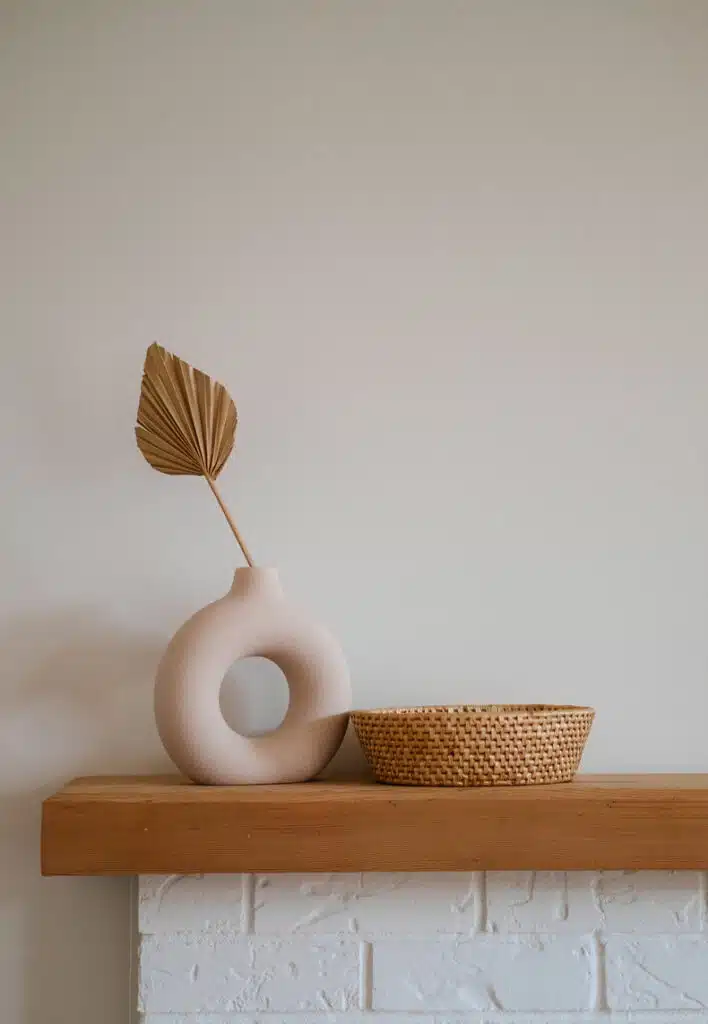
In order to decorate with less, accessories can make a big difference. They can really help add some personality and style to an otherwise minimalistic space.
Accessories are also great for adding color or texture without having to commit to bigger pieces of furniture or wall art.
I always like to use decorative items like throws, pillows, vases, and candles that match the existing theme in my home. It’s a simple way to keep things looking cohesive while still putting your own personal touches on the room.
Accessories give you the freedom to switch up your look whenever you want without replacing anything major. So don’t be afraid to experiment with different colors and textures. Even if it means just changing out one item at a time until you find something that works best for you!
Incorporating Greenery
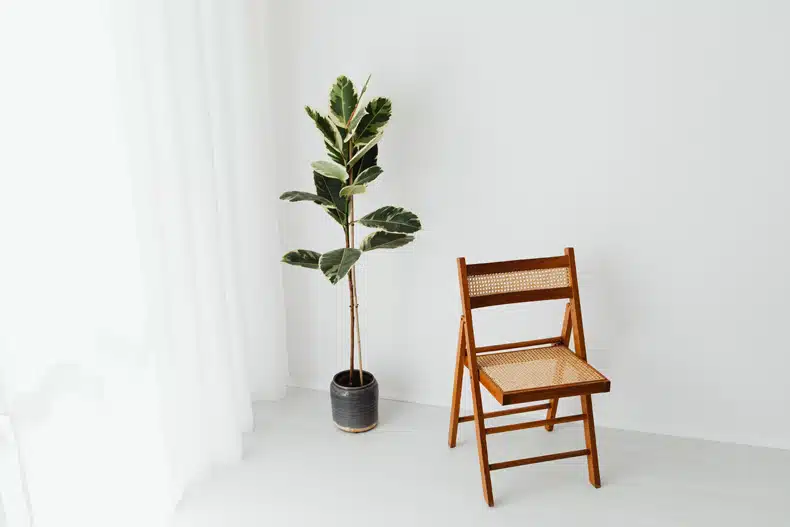
For a minimalist home design, incorporating greenery is a great way to bring life into the space. This doesn’t mean you need to have an entire garden, either!
There are plenty of ways to add plants and flowers without going overboard. For example, small potted succulents or hanging planters can make for beautiful decorations that don’t take up too much room. Plus, they act as natural air purifiers, which is always nice!
Incorporating greenery also gives your home a unique touch that makes it stand out. Whether it’s through living walls full of foliage or adding some colorful flower boxes outside.
There are endless possibilities in the matter of making your home look special with plants. You could even get creative and create vertical gardens if you’re feeling adventurous!
Whatever route you decide on, just remember that minimalism should still be at the forefront of your design choices, so moderation is key here.
Most indoor plants do not almost require any or upkeep beyond watering them once in a while and ensuring they get enough sunlight during the day.
So if you want to liven up your space but don’t want something complicated to manage, then this might be perfect for you.
Selecting The Right Textiles
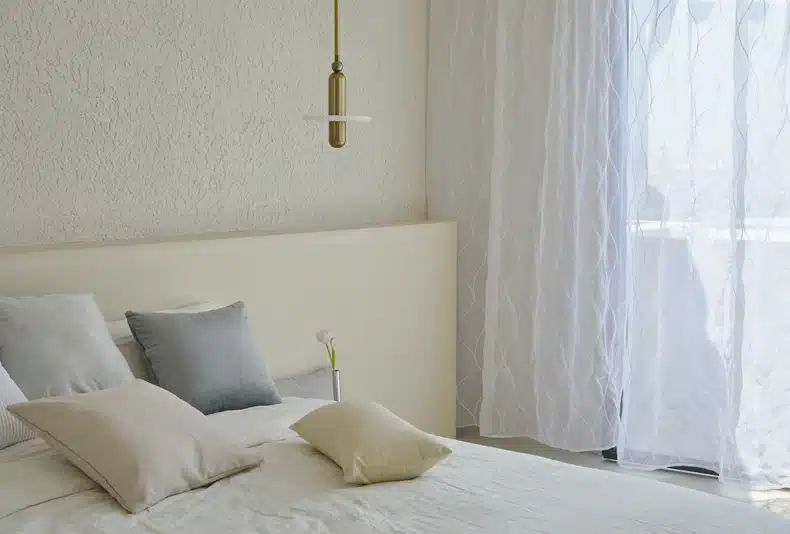
When it comes to minimalist home design, selecting the right textiles is essential. They add texture and color to your space, znd they also serve as a way to bring in subtle personality without overdoing it.
From rugs and curtains to throw pillows and blankets, there are so many different options that you can choose from!
It’s important to think about the material when choosing which fabrics will work best for your home. Natural fibers like cotton or wool often give off a more cozy feeling, while synthetic materials such as polyester provide a sleek look.
If you’re looking for something light and airy, linen might be a perfect choice. And don’t forget about patterned textiles – these can be great accents that tie everything together seamlessly if used correctly.
Once you’ve found the perfect pieces for your room, make sure to use them sparingly so that their impact isn’t lost in an overcrowded space.
Creating An Inviting Atmosphere
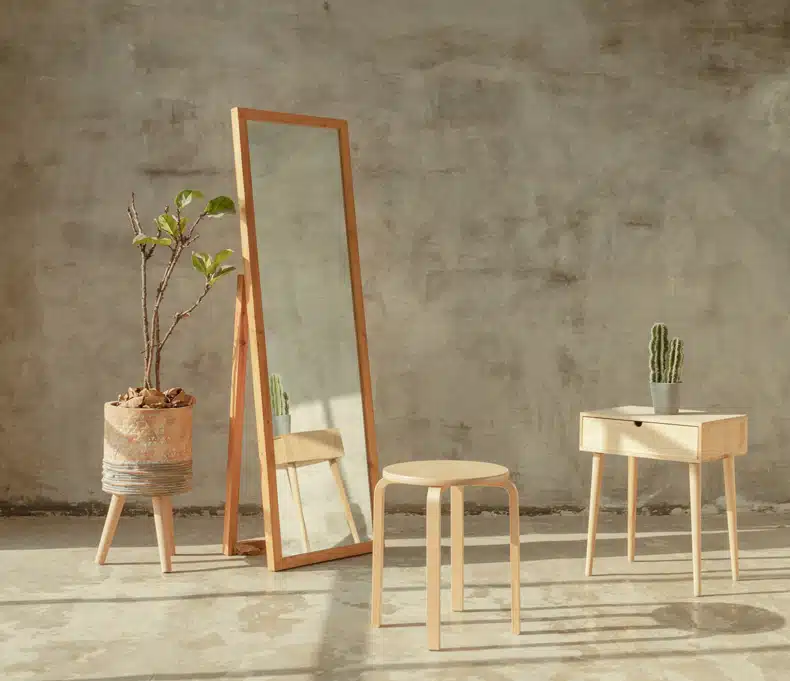
As to minimalist home design, creating an inviting atmosphere is important. After all, this is a place you’ll be spending time in and want to enjoy.
To achieve this, think about the subtle features that can make a room feel cozy without cluttering up the space. Soft lighting, warm colors, and comfortable furniture are essential for setting the mood.
Make sure not to go overboard with these items though; keep them minimal, so they don’t take away from your overall look.
Ultimately, when designing a minimalist home with an inviting atmosphere in mind, focus on making small changes that will have a big impact.
Use soft colors and textures while keeping decorations simple and streamlined – then sit back and enjoy your new peaceful retreat!
Conclusion
In conclusion, minimalism is a great style to adopt in your home if you’re looking for an effortless way to create a calming and inviting atmosphere.
It’s all about utilizing simple design elements that make the most of limited space without sacrificing comfort or style. I hope these minimalist home design ideas have inspired you to create a beautiful and inviting living space with less.
Finally, add small touches like greenery and accessories to bring life into each area of your home without overwhelming it.
Follow Quiet Minimal on Pinterest for more home design tips and inspiration.
